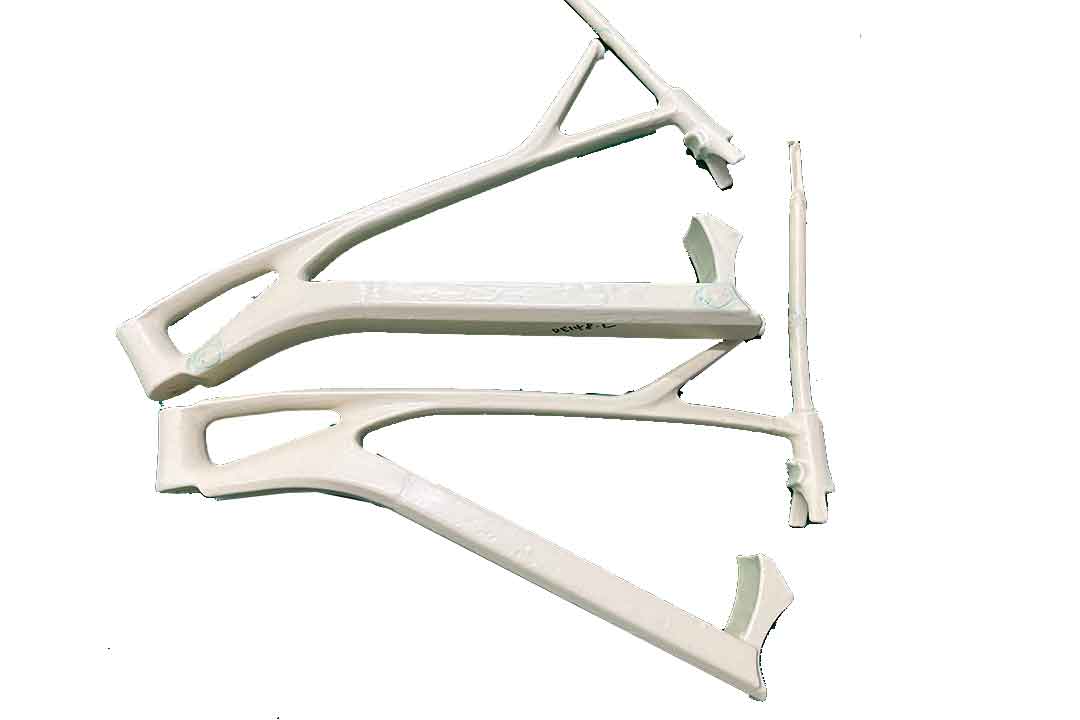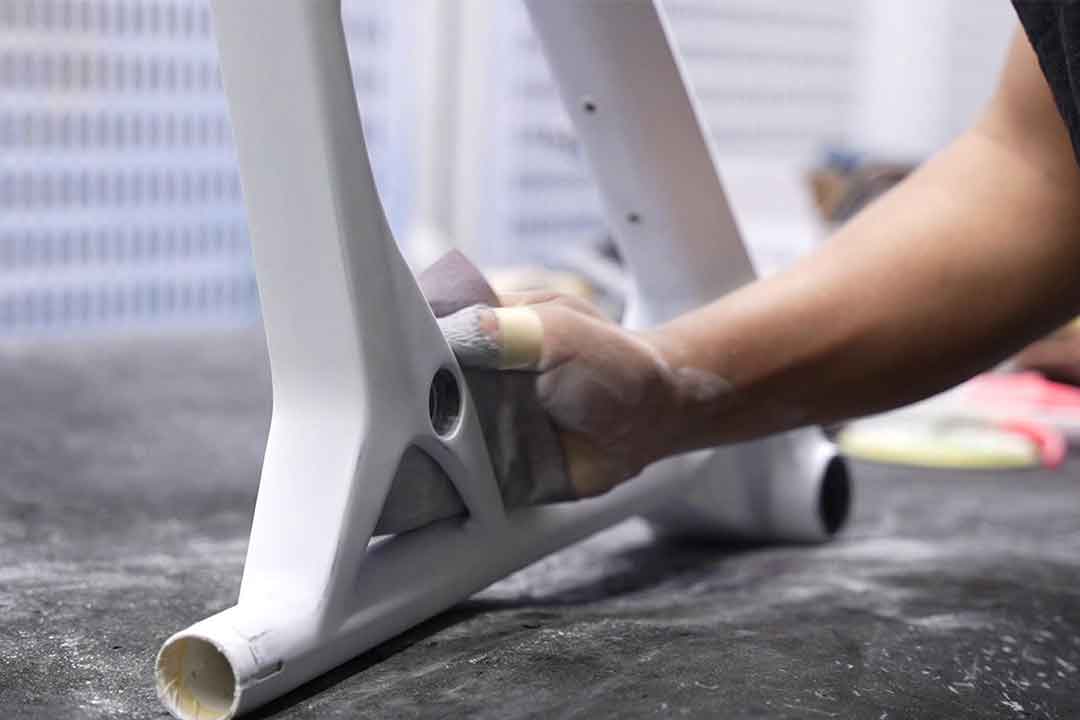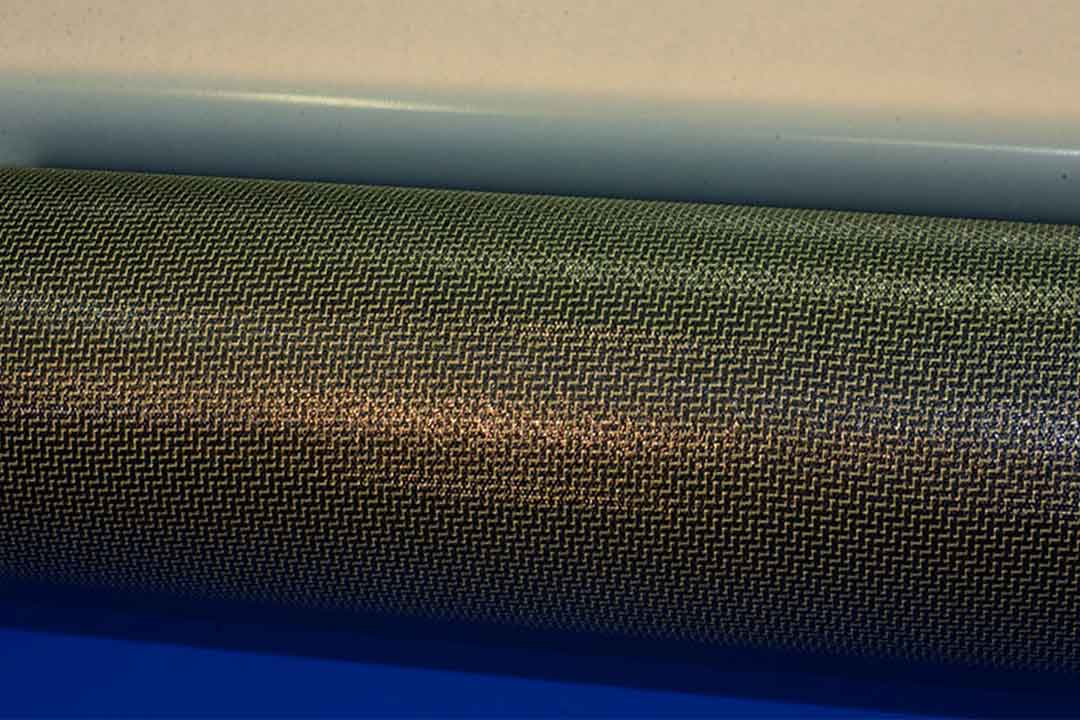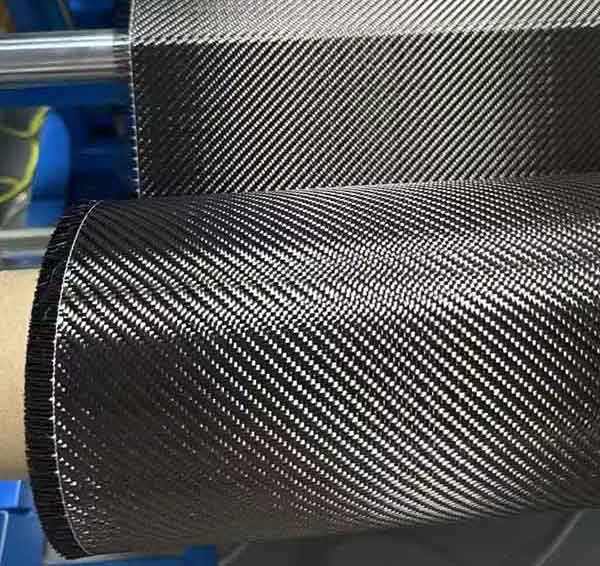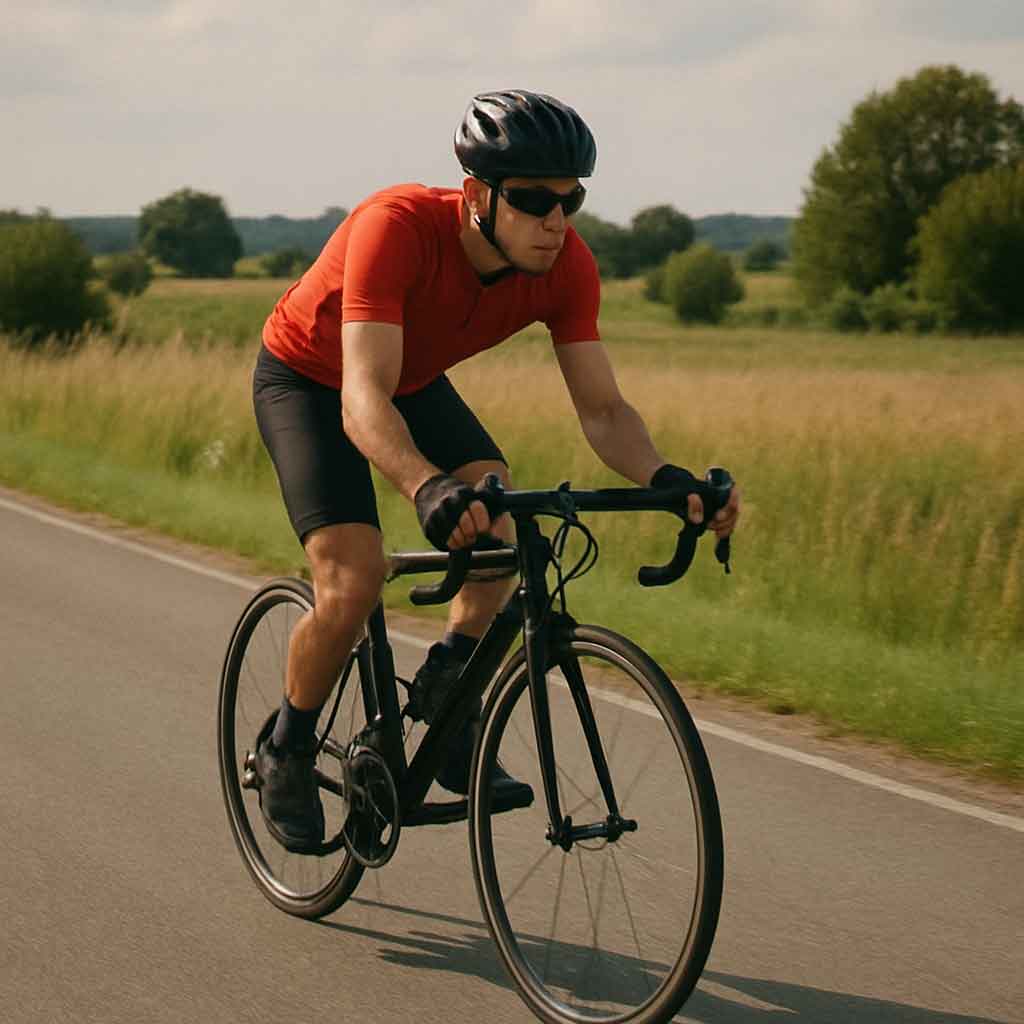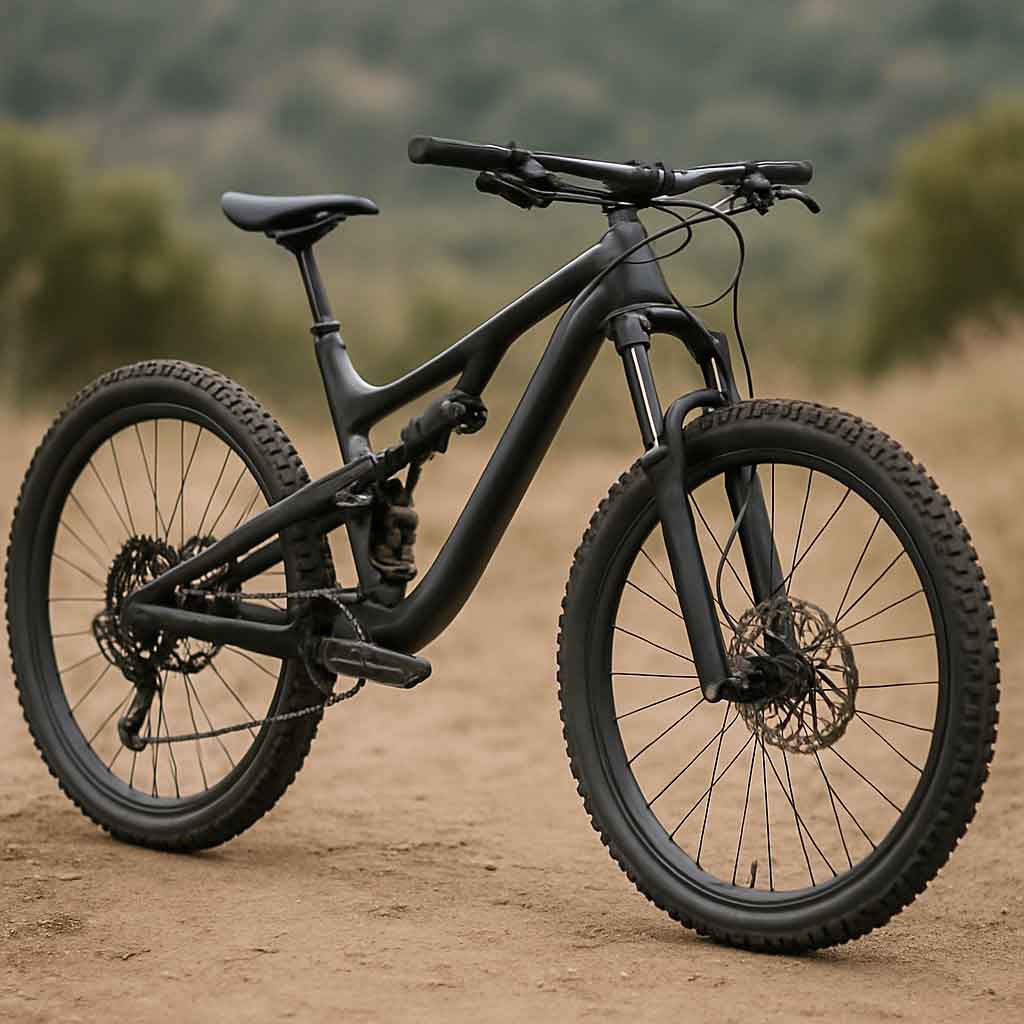Welcome to Mondince Bike - A well-known factory specialized in produce carbon bike frame and other parts since 2007.
Choosing the Best 10 Speed Racing Bike
Selecting the perfect 10 speed racing bike can be a daunting task, especially with the plethora of options available in the market today. Whether you're a seasoned cyclist or a beginner looking to make your mark, understanding what makes a racing bike stand out is crucial. This guide will walk you through the important factors to consider when choosing the best 10 speed racing bike, ensuring you make an informed decision.

Racing bikes, also known as road bikes, are designed for speed, agility, and performance. They are typically lightweight with a focus on aerodynamics, making them ideal for competitive racing and long-distance rides. A 10 speed racing bike, in particular, offers a range of gears that allow for efficient pedaling on various terrains.
The Design and Structure
Racing bikes are crafted with a unique design that differentiates them from other types of bicycles. The geometry of the frame is specifically engineered to optimize aerodynamics and speed. The handlebars are typically lower, allowing riders to assume a more aerodynamic position, reducing wind resistance significantly. This design not only enhances speed but also improves handling and agility, crucial for competitive racing.
Weight Considerations
Weight is a critical factor in racing bike performance. A lighter bike allows for faster acceleration and easier climbing. Manufacturers often use materials like carbon fiber to reduce the bike's overall weight without compromising strength. This lightweight nature is an advantage in races where every second counts, and even a slight reduction in weight can make a significant difference.
Aerodynamics and Speed
Aerodynamics play a pivotal role in the design of racing bikes. Features like tapered head tubes and integrated cables are not just for aesthetics but are meticulously designed to minimize air drag. The streamlined shape of the frame and components helps riders maintain higher speeds with less effort, making them ideal for competitive racing environments.
Key Features of a Racing Bike
Frame Size
The frame size is crucial for comfort and performance. Common sizes include road bikes 54cm, 58cm, and even up to 64cm for taller riders. It's important to choose a frame that suits your height and riding style. A well-fitted frame enhances control and efficiency, reducing fatigue during long rides. Test riding different sizes can provide insight into what feels most comfortable for you.
Material: Carbon Fiber
Carbon fiber frames are prized for their combination of lightness and strength. They offer excellent vibration damping, which can significantly enhance comfort on rough terrains. Despite their higher cost, the performance benefits of carbon fiber make it a popular choice among professional cyclists. If budget allows, investing in a carbon fiber frame can greatly improve your cycling experience.
Material: Aluminum
For those seeking a balance between performance and cost, aluminum frames are a great option. They are durable and provide a responsive ride. Many new road bikes for sale offer aluminum frames at competitive road bike prices. Aluminum frames are also resistant to corrosion, adding to their longevity and making them a practical choice for everyday riders.
Material: Steel
Though heavier, steel frames offer a smooth and comfortable ride. They are less common in racing bikes but still favored by some for their classic feel and longevity. Steel’s flexibility absorbs road vibrations well, making long rides more comfortable. Enthusiasts who appreciate traditional craftsmanship often opt for steel frames despite their added weight.
Gearing: 10 Speed vs 12 Speed
When it comes to gearing, a 10 speed racing bike offers a wide range suitable for most riders. However, if you're tackling varied terrains, a 12 speed road bike might provide the extra flexibility needed for more challenging routes. The additional gears in a 12 speed system can offer smoother transitions and more efficient pedaling on steep inclines.
Braking Systems: Disc Brakes
Disc brakes have become the standard for modern racing bikes. They offer superior stopping power and perform well in wet conditions, making them a reliable choice for serious cyclists. Unlike traditional rim brakes, disc brakes maintain consistent performance in diverse weather conditions, enhancing safety and control.
Aesthetics and Style
Style matters too. Matte black road bikes or black on black road bikes offer a sleek, modern look, while some might prefer a vibrant blue road bicycle for visibility. Choosing a bike that appeals to your personal taste can enhance your cycling experience, making each ride not just a physical activity but a statement of style.
Choosing the Right Frame Size

Finding the right frame size is crucial for comfort and efficiency. A frame that's too large or too small can lead to discomfort and even injury over time. Here's a simple guide to help you choose the right size:
Frame Sizing Guidelines
Selecting the correct frame size is essential for ensuring comfort and preventing injuries. The right size allows you to maintain a proper riding posture, reducing strain on your back and neck. It's advisable to visit a bike shop for a professional fitting, where experts can provide personalized recommendations based on your body dimensions.
Importance of Proper Sizing
A well-sized frame improves your bike's handling and responsiveness. Riding a bike that's too small can make you feel cramped, while an oversized frame can be cumbersome. Correct sizing contributes to better weight distribution, enhancing your control over the bike and making your rides more enjoyable.
Adjusting to Fit
Once you have the correct frame size, fine-tuning adjustments such as saddle height and handlebar position can further optimize comfort and efficiency. These adjustments are crucial for achieving the best possible riding experience, allowing for greater power transfer and reducing fatigue over extended rides.
Material Matters
Carbon Fiber: The High-Performance Choice
Lightweight and stiff, carbon fiber is the material of choice for many high-end racing bikes. It provides excellent performance and comfort but comes at a higher price. If budget is not a constraint, a matte black road bike made of carbon fiber could be a worthy investment. Its ability to absorb road vibrations makes it ideal for long-distance rides, reducing fatigue.
Aluminum: The Budget-Friendly Option
For those seeking a balance between performance and cost, aluminum frames are a great option. They are durable and provide a responsive ride. Many new road bikes for sale offer aluminum frames at competitive road bike prices. Aluminum's affordability and robustness make it an excellent choice for both beginners and experienced cyclists.
Steel: The Classic Choice
Though heavier, steel frames offer a smooth and comfortable ride. They are less common in racing bikes but still favored by some for their classic feel and longevity. Steel's durability and the ease of repair make it a popular choice among traditionalists who value craftsmanship and a timeless aesthetic.
Gearing: 10 Speed vs 12 Speed
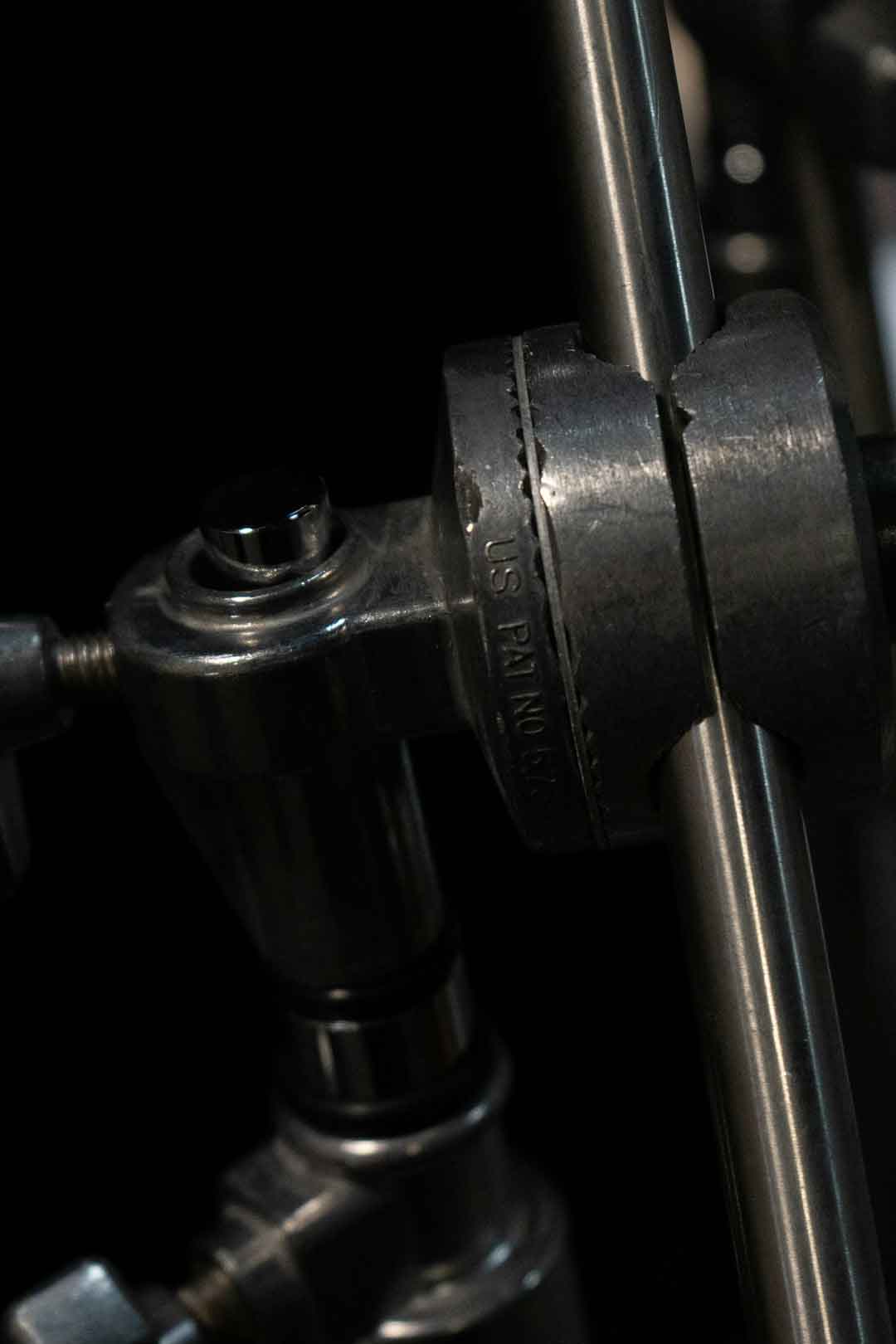
by Matt Richmond (https://unsplash.com/@mattrichmo)
When it comes to gearing, a 10 speed racing bike offers a wide range suitable for most riders. However, if you're tackling varied terrains, a 12 speed road bike might provide the extra flexibility needed for more challenging routes.
Advantages of 10 Speed Gearing
A 10 speed system provides a good balance between simplicity and functionality. It's ideal for riders who primarily cycle on flat or gently rolling terrains. The limited number of gears means fewer components to maintain, reducing potential mechanical issues and making it easier for beginners to manage.
Advantages of 12 Speed Gearing
A 12 speed system offers more gear ratios, which can be beneficial for tackling diverse terrains. It provides smoother transitions between gears, allowing for more efficient pedaling, especially on steep climbs. For serious cyclists who encounter varied landscapes, the additional gears can enhance performance and comfort.
Choosing Based on Terrain and Needs
Your choice between a 10 or 12 speed system should be guided by the type of terrain you frequently encounter and your cycling goals. If you plan to tackle challenging routes with significant elevation changes, the additional gears of a 12 speed might be advantageous. Otherwise, a 10 speed system should suffice for most recreational and competitive purposes.
Braking Systems
The Evolution of Brakes
Braking technology has evolved significantly, with disc brakes becoming the standard for modern racing bikes. They offer superior stopping power and perform well in wet conditions, making them a reliable choice for serious cyclists. The shift from traditional rim brakes to disc brakes has enhanced safety and control, especially in challenging weather conditions.
Advantages of Disc Brakes
Disc brakes provide consistent performance across various weather conditions. Unlike rim brakes, they don't lose effectiveness in wet or muddy environments. This reliability makes them an excellent choice for competitive racers who need dependable performance in all conditions.
Considerations for Maintenance
While disc brakes offer superior performance, they can require more maintenance than traditional rim brakes. Regular checks and adjustments are necessary to ensure optimal function. Understanding the maintenance requirements can help you keep your braking system in top condition, ensuring safety and reliability on every ride.
Pricing Your Road Bike
The price of a racing bike can vary greatly based on the material, brand, and features. Here's a rough guide to help you budget:
Entry-Level Bikes
Entry-level bikes, typically priced between $500 and $1,000, offer basic features suitable for beginners. These bikes generally have aluminum frames and standard components, providing a solid foundation for new cyclists. They offer a cost-effective way to enter the world of cycling without a significant financial commitment.
Mid-Range Options
Mid-range bikes, priced between $1,000 and $3,000, provide better components and materials, such as carbon fiber frames. These bikes are ideal for intermediate riders who want improved performance without breaking the bank. They often feature advanced gearing systems and enhanced braking technology.
High-End Selections
High-end bikes, priced above $3,000, offer top-tier performance, often featuring the latest technology in materials and components. These bikes are designed for serious cyclists who demand the best in speed, agility, and comfort. Investing in a high-end bike can provide long-term benefits in performance and durability.
Weighing Cost vs. Features
Always consider the road bicycle price in conjunction with the features it offers. Sometimes, paying a little extra for quality components can save money on maintenance in the long run. It's important to evaluate what features are most important to your cycling experience and choose a bike that offers the best value for your budget.
Popular Brands and Models
When choosing a bike, consider reputable brands known for quality and performance. Some top brands include:
Trek
Trek is known for its innovation and quality, offering a wide range of models that cater to various cycling needs. From entry-level options to professional-grade racing bikes, Trek provides reliable performance and durability. Their commitment to research and development ensures cutting-edge technology in every model.
Specialized
Specialized focuses on creating bikes that deliver exceptional performance and comfort. Their designs often incorporate advanced materials and engineering techniques, making them a popular choice among competitive cyclists. Specialized is renowned for its attention to detail and customer satisfaction.
Giant
Giant is one of the largest bicycle manufacturers globally, offering a diverse range of models. Known for their affordability and quality, Giant bikes are a popular choice for beginners and experienced cyclists alike. Their extensive lineup ensures there's a Giant bike for every type of rider.
Cannondale
Cannondale is synonymous with innovation, often leading the industry in new technology and design. Their bikes are known for their unique frame designs and high-quality materials. Cannondale's reputation for excellence makes them a favorite among serious cyclists who prioritize performance.
Conclusion
Selecting the best 10 speed racing bike involves careful consideration of several factors, including frame size, material, gearing, and price. Whether you're looking for a compact road bike for city rides or a robust road racing bicycle for competitions, the key is to find a bike that matches your needs and budget.

by Ira Kuziv (https://unsplash.com/@photoistoriia)
By understanding what each feature offers and how it impacts your ride, you can make an informed decision that will enhance your cycling experience. Happy riding!



